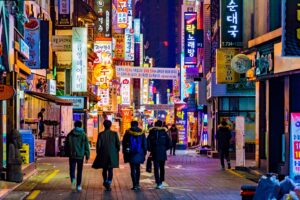In 2020, the face of Slow Travel, is the Indian tourist
11 min readPack your bags, but take it slow
Indians are opening up to the idea of taking travel slow, swapping packed itineraries for relaxed, immersive trips.
In the 1980s, a young Italian, Carlo Petrini, lover of all things local, organiser of a folk festival, food critic of a few Communist newspapers, decided to defend the food of the Italian mamas served in neighbourhood cafés against mass-produced American burgers. The opening up of a McDonald’s in the heart of Rome had given him a jolt. He had visions of Italians wolfing down mounds of bread when, so far, they had been doing quite well eating the slow-cooked pastas and polenta or spearing a steak with a knife and coaxing meat onto the fork.
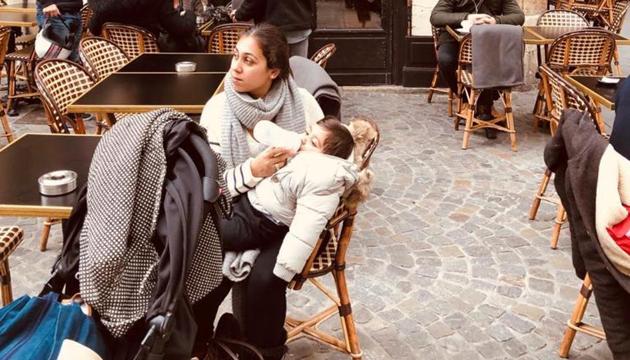
The culture of Slow – Slow Food, Slow City, Slow Living, among others – has a few mascots. One of them is Petrini. The slowest of creatures, the snail and the turtle, are the others. The champion of Slow Travel, an offshoot of these movements, in 2020, is surprisingly enough, the Indian tourist.
The Skyscanner APAC Travel Trends 2020 Report provides unique insights into the travelling habits of Indians. The Skyscanner website, used by over 100 million every month, in its survey of the latest travelling habits in India’s outbound market shows that Slow Travel is at the top of travellers’ priority lists this year.
This is the year Indians will not conform to the stereotype of the Indian tourist – be a torchbearer of travel in a rush; raise a flag at 10 different hot-spots, including two not mentioned in the travel brochure; expect Indian restaurants in remote corners of the earth and consider shopping the supreme cultural experience, second only to standing before the Eiffel Tower for a photograph.
But first things first. How do you travel slow? An offshoot of the slow movement, the principal idea behind Slow Travel is that in an age of speed, travel must be about slowing down. If you can ditch the flight, take a train. In places where you can do without a car, walk. The process of travel must be long and unhurried; the pace of the holiday must be like the life as lived by locals. One must be open to discoveries, travel disruptions, cultural differences. And there should be no micromanagement of pleasure, no overarching master plan.
So, no more hitting the crisis button if parasailing from 9 am does not get over by 10 am in time for a dash to the curio shop before lunch begins at 12 pm. Slow Travel, at its basic, is more about the mindset and the choices you make during a vacation. It is an experience as well-suited to a big city as to a small town or even your own hometown.
For example, in Rome, where people have a list of monuments and museums to see, you might just visit one and then walk off towards the old lanes and squares where the daily life of its locals is unfolding. Stop by a corner café for a meal and a coffee, and then strike up a conversation with a complete stranger. As the next stop is not planned, there is no limit to the duration of the chat.
In Slow Travel, there are no exact rules: you can go anywhere, anytime, and prolong the experience of being without a plan.
Deepa (she does not use her surname), a slow traveller, puts it this way: “There is no need to conclude anything. There is a deep commitment in the moment and in the people you meet in the course of your journey. Travel in this way makes you open to receiving many kindnesses along the way.”
In an essay on the subject, travel writer Pico Iyer says putting a pause on the pace that one is used to in daily life and concentrating on the process and experience of travel are his takeaways of Slow Travel.
“Slow travel comes to seem ever more tempting in an age of acceleration,” says Iyer. “This can take the form of simply unplugging; but it also speaks for the special, everyday allure of setting out on foot, of going to one place (and not 10) in 14 days, and sometimes of going somewhere to do nothing at all. This used to be known as idling, but in a multi-tasking world, in which we seem to be living at a pace dictated by machines, going at human speed suddenly begins to look like sanity and freedom.”
In India, more and more travellers are ready to switch their gear and take it slow. And some have done even more: changed their lifestyle to erase the difference between their life and their travels.
Case studies
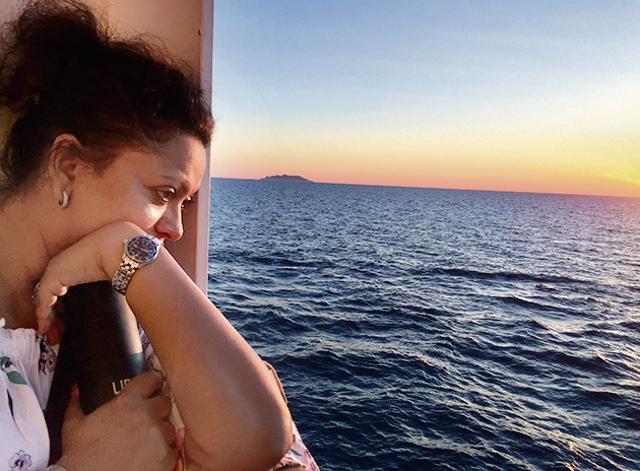
Sona Mazumdar
‘A ship floats along, yet it feels stationary’
Mazumdar, the chief partnership officer of an entertainment company, follows the basics of slow travel seriously. Put her on a ship and she is a happy girl. “You are captive when you are sailing,” she says. “Meals go on for hours, so does on board entertainment – everything is contained in a single space. A ship is like a floating city, I can roam around and make myself comfortable anywhere and yet there is a feeling of being stationary.”
Last year, she did a cruise with a focus on Spain and had the time of her life sailing down the Mediterranean Sea for seven days, and then getting off the ship for her places of choice: Madrid for its history; Barcelona, for its buzz. A mother of two, Mazumdar, who is in her forties, has grown to like taking her holidays slow though it wasn’t always this way, she admits. When her sister did a Europe tour, she did it with SOTC. “She saw 14 countries in 15 days. Around 10 years ago, that’s how I would do it too and happily return seeing bits and pieces of everything,” she says. She now does one country or city at a time, immersing herself in its nuances. “But slow travel, in case you are travelling with family, means working through consensus. The kids need their bit of action too,” she says.
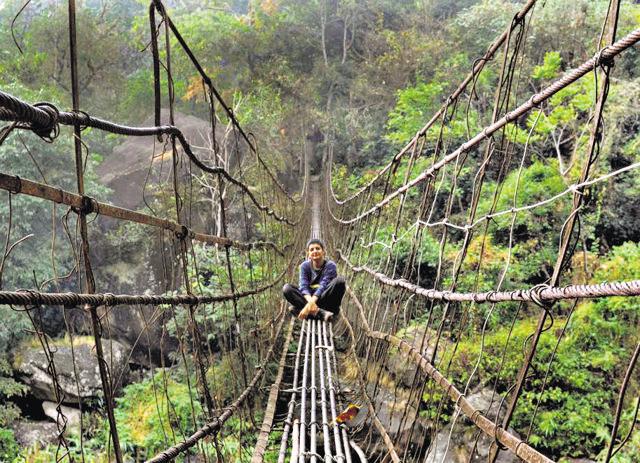
Deepa
‘I just walk and let the universe take over’
On her Facebook page, Pipilika, Deepa notes life on the slow in Iran, where she went in 2019: solo cyclists spending days riding and camping along the coast; families with motor homes driving across the country; and the many acts of generosity that strangers showed travellers like her, who were travelling rough. A free haircut from a barber; a free meal offered by a courting couple; ice creams from the ice-cream vendor.
Deepa’s personal holidays, or the ones she does as a “backpacking chaperone”, ie, an escort, are a minimum of 30 days. Another memorable trip was in Meghalaya where she sat on steel bridges for hours imagining how they fare in the monsoons when they are submerged in water.
“I visit one place or max, two places if I am travelling for a week or so. And I don’t read up or plan anything other than at which point to enter the state/ country. I also do a lot of gratitude journeys, i.e travel without phone and money to understand life and people at various levels. I just walk and cycle and let the universe take over,” she says
Green travel is a part of slow travel. “I would not add trash to the place i am visiting. I didn’t buy anything in plastic in Iran except one candy which could not be bought loose. I had taken a flight into the country (as i could not get a visa to Pakistan to cross into Iran) but by creating hardly any plastic trash, I think I may have brought down the flight carbon footprint,” she says. “If you live green, you will travel green.”
In mid-March, Deepa and three of her friends are planning to walk around the world without money for over two years. “A life on the road, is a life of gift and intuition,” she says. Needless to say, she will also be without her telephone.
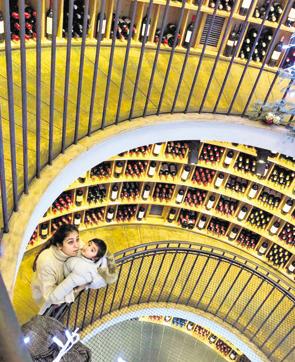
Ambika Seth
‘I’ll now take Bordeaux over Paris any day’
Seth, in her mid-thirties, is an entrepreneur from Delhi. Till a few years ago, she would travel at a hectic place. “I would return home from a vacation feeling I’d travelled at the pace of work. So, the direction where I look when I now go on a holiday has changed,” she says. It’s now Scotland rather than England; Bordeaux instead of Paris. “Paris or London is now more a transit point. I don’t holiday there,” she says.
On a recent Scotland trip, she visited Campbeltown. “Though we flew, the plane had just five passengers! It gave us a sense we were going to a place with few people, which was perfect because we were looking forward to a slow, quiet time,” she says.
The idea of doing a slow holiday, she says, is also to keep all activities low-key. “I usually rent a little house, visit a winery, eat at the little cafes in the countryside where we are served food that feels like it has been made with greens picked at a farm in the morning”. All this she found in Bordeaux.
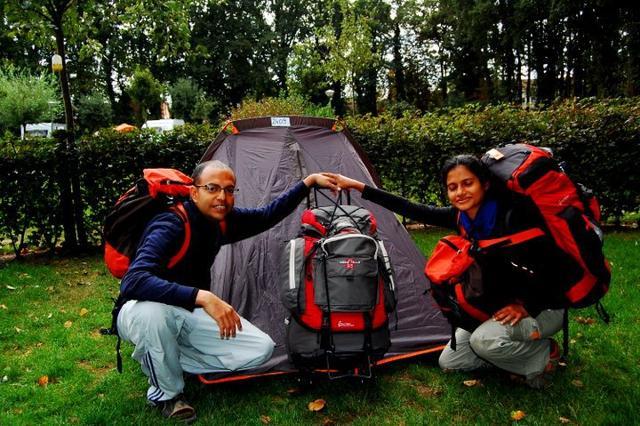
Tautik Das
A management consultant based out of Bengaluru, the break that Tautik and his wife Rohini took from work 10 years ago changed everything for them. They travelled by road across India for four months, avoiding the big cities, got used to the scaled-down life, quit their jobs. They now live in Peora, a small village in Uttarakhand, working freelance with non-profit organisations in the livelihood sector.
“You can’t just one day decide to do slow travel,” he says, “unless you slow down in life as well.” Since then the couple has travelled slow across 40 plus countries including Iran, Belgium, Russia and South America. Tautik travels around the country conducting workshops attended by many young people interested in learning about the slow culture. “You’d think people hit their saturation point in their 40s. But nowadays even young people are quitting jobs; the search for alternatives has begun early,” he says.
10 years ago, a holiday for the couple meant a three-day weekend or a New Year break. The drill was to take a flight, jump into a cab, check into a pre-booked hotel. “And what we would spend on a three-day break, we now spend in a month in a country travelling slow. In slow travel, money is inversely proportional to time – if you have more time to travel, you need lesser money. Your time isn’t short, you don’t need instant gratification, you can look around and see what suits you, how you can make the money go a long way.”
But there is a way to do this of course. When the couple backpacked across South America in 2015, they travelled to seven countries in eight months. “We avoided staying in hotels, but stayed with locals through Couchsurfing, pitched our own tents, cooked our own food picking vegetables from local markets. When everything you need fits in a backpack, you realise that all the stuff back home becomes redundant. So when we returned we decided to continue the lifestyle. We de-cluttered our almirah and our lives, we did our own work with no house-help, and lived on minimum resources.”
The real gift of slow travel, says Tautik are the people you meet and the depth with which you can interact with different cultures. “At a bus stop in Buenos Aires, we asked a group of college-going students on how to get a bus-card but were returned blank looks. We realised unless we interact in Spanish, we cannot appreciate South America much. So, in Ecuador, we took a break (from travel!) to learn Spanish, which gave us insights into the culture and language much more than had we zipped in and out like a tourist.”
In Russia, they couch-surfed with Tatiana. “This year when Tatiana comes to India with her family, her destination is not the Taj Mahal, but Peora. Slow travel brought us together.”
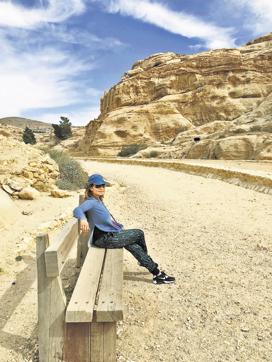
Prerna Uppal
When Prerna Uppal, a Mumbai marketeer, was younger (she is 41 now), maximising her trips was top of her mind.
“I wanted to see six countries in seven days,. as if it were possible… I was rushing in and rushing out fast, I doubt if there were any lasting impressions,” she says. Now, she travels to “emotionally connect” with a place rather than just be satisfied by seeing a country’s stamp on her passport. “Slow travel, to me, is about sparing the time to look around. The biggest change for me is treating time as a luxury,” she says.
The last time Uppal went with a tour operator was with her family in 2009. They stopped at seven places in a day. “It converted me into a solo traveller and I like moving at my own pace on holiday – slowly”, she says. “Slow travel makes you self-aware. I’ve learnt that multi-tasking is not always a good thing. Better to pick one thing and do it deeply, make it have meaning.”
In 2019, she visited Jordan. The “most pleasurable time” during her six-day trip was at the Wadi Rum desert where she lived for two nights in a tent with a transparent roof.
“I had amazing conversations with two young ‘Bedouin guides’ who turned out to be Punjabis from Gurdaspur…. Had I done the usual trip with my family – they mostly want to shop – I wouldn’t have realised an aspect about my own state, what young people have to do to earn their bread,” she says.
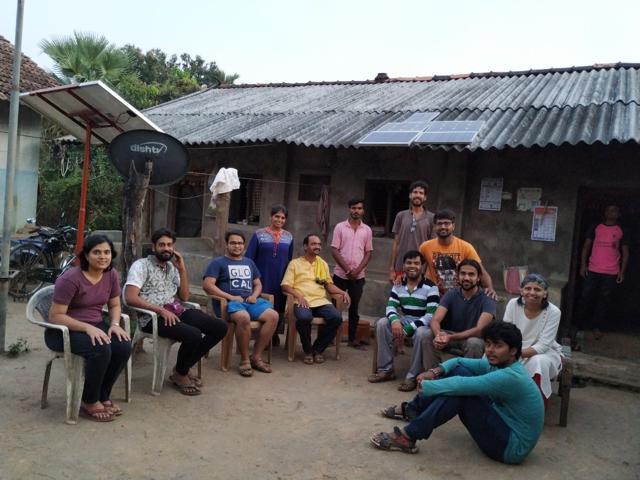
Rahul Karanpuriya
The 32-year-old from Bhilwara, Rajasthan, quit his MBA when, in the course of his travels, he found his calling. In 2018, he started his initiative, Travellers’ University, on social media, and became a “travel facilitator” specialising in slow travel. “The idea of slow travel is to use travel as a tool for learning, observation and reflection,” he says. “The journey has to be both inside and outside.”
Before he embarks on journeys, those who sign up, attend initiation workshops so that they can make the transition from tourist to traveller and learn to travel slow, sustainably and frugally.
This month, he is readying a seven-day Cycle Yatra in Kerala – there have been 70 registrations so far – that he describes enigmatically as being from “Shoranur to Shoranur”. Shoranur is near Thrissur. “Shoranur is the starting point, that’s all we’ve decided so far,” says the organiser. “We won’t fix any route for this yatra. Life is uncertain. It’s a yatra to explore the uncertainties of life.”
Catch your daily dose of Fashion, Taylor Swift, Health, Festivals, Travel, Relationship, Recipe and all the other Latest Lifestyle News on Hindustan Times Website and APPs.


